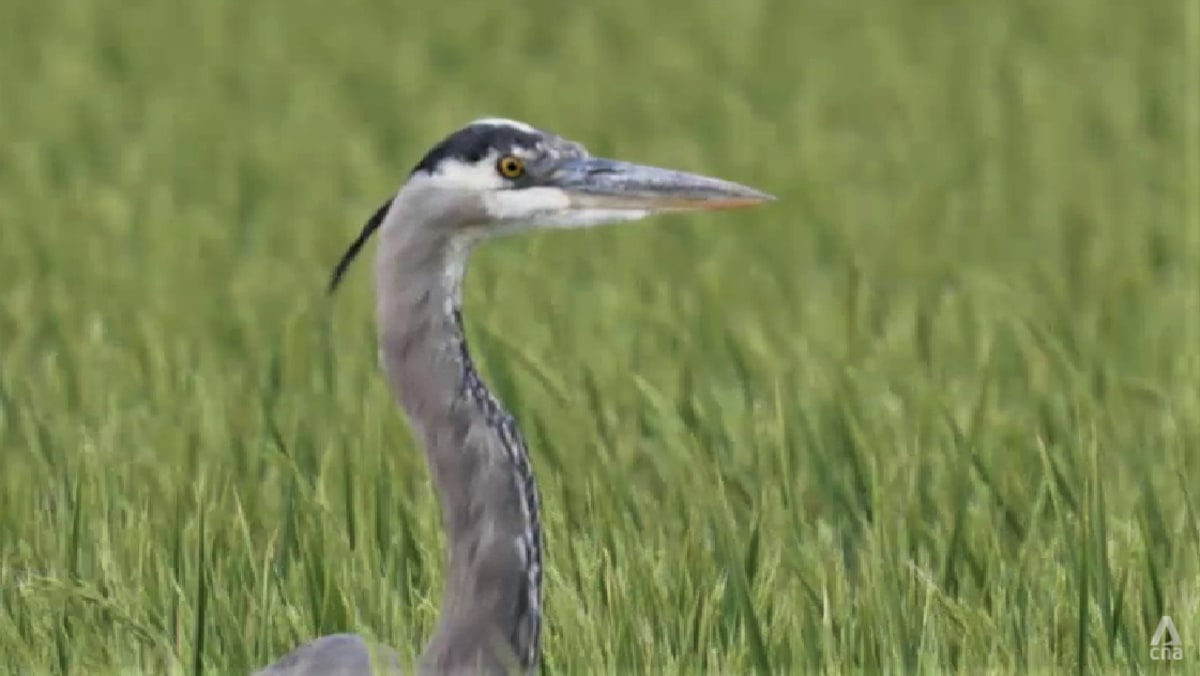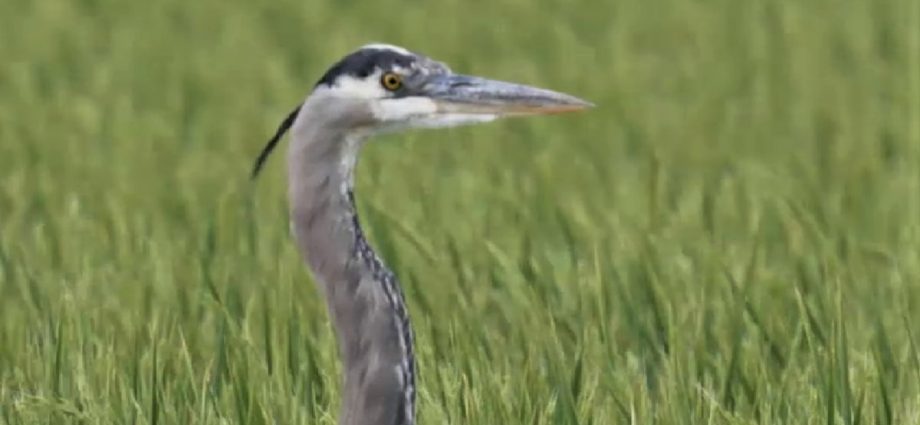
ALMOST HALF OF WORLD’S BIRD SPECIES IN DECLINE
Nearly half, or 49 per cent, of the world’s bird species are seeing declining populations amid threats such as climate change and habitat loss due to human activity, last month’s State of the World’s Birds report by BirdLife International showed.
The report also stated that one in eight bird species is threatened with extinction.
Asian nations accounted for four out of the top 10 countries with the greatest number of globally threatened species. Indonesia topped the list with 162 such species, ahead of China, India, and the Philippines.
CALIFORNIA’S CONSERVATION SOLUTIONS MIGHT WORK IN ASIA
The programmes used in California could be effective for areas spanning the Asian flyways in helping to replenish refuge for migrating birds, said conservationists.
“The Asian flyway, in particular, is a place where vast wetlands have been lost in recent decades, and it’s created a real problem for shorebirds that are migrating from Alaska all the way to Australia,” said Rodd Kelsey, programme director of environmental organisation The Nature Conservancy.
“And so programmes like these, we think, could actually find solutions in some of these working landscapes. There’s things like shrimp farms or salt production facilities that actually can create great habitats if they’re managed appropriately,” he added.
More than 50 million birds – consisting more than 200 species – use the East Asian-Australasian Flyway annually, relying on wetland sites to feed and rest, said the report.
About half of these long-distance species are suffering population declines due to loss and degradation of wetland habitats along the route, driven by urban expansions, pollution and rising sea levels.

